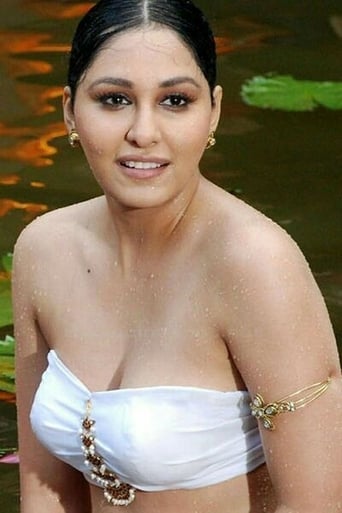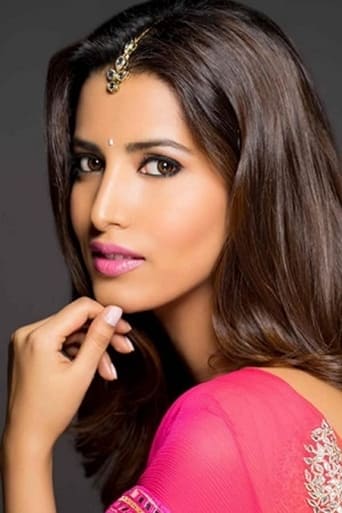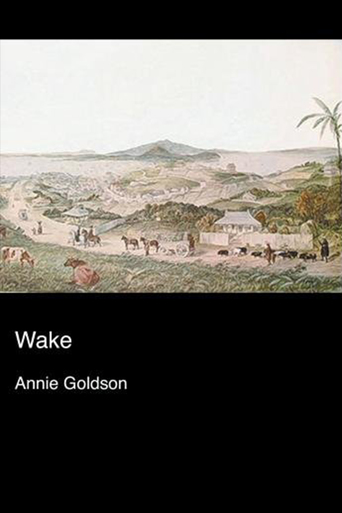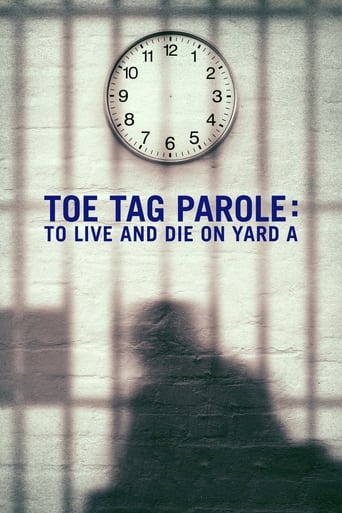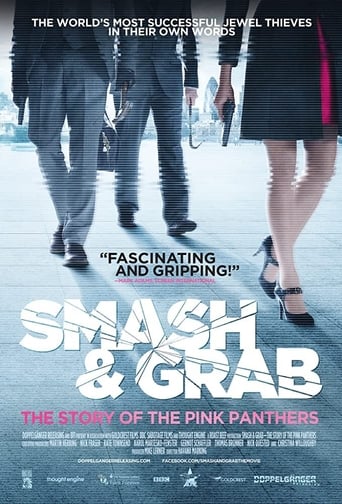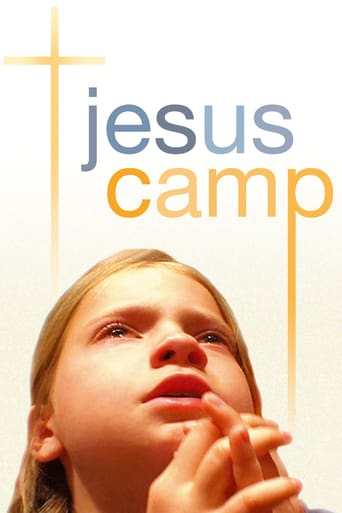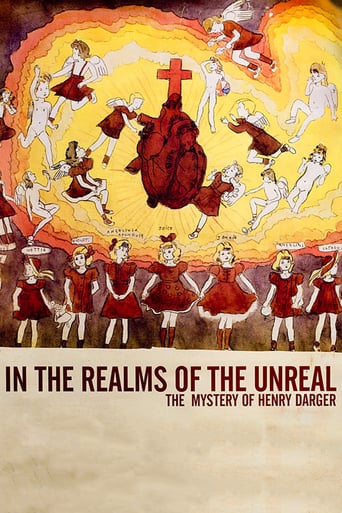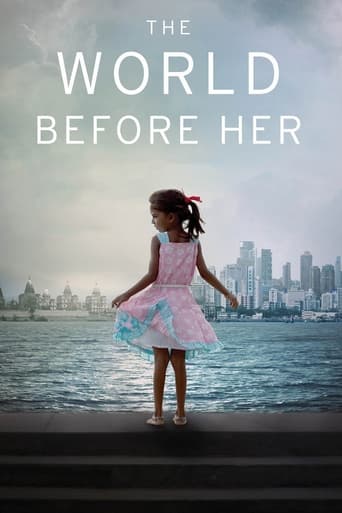
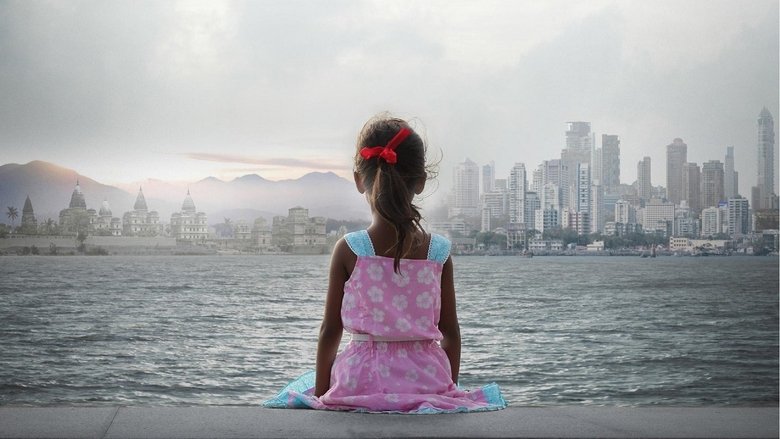
The World Before Her (2012)
Moving between two extremes - the intimate verite drama of the Miss India pageant's rigorous beauty "bootcamp" and the intense regime of a militant Hindu fundamentalist camp for young girls. The World Before Her delivers a provocative portrait of India and its current cultural conflicts during a key transitional era in the country's modern history.
Watch Trailer
Cast


Similar titles
Reviews
To begin with, I very much appreciate the fact that this film deliberated upon sensitive topic of female-foeticide. I applaud Pooja Chopra's mother for frankly sharing her experience about this abomination.Secondly, the movie touched upon the topic of corporal punishment meted out to children by Indian parents. Description of corporal punishment meted out to Prachi was unnerving. Its ironic that children (here Prachi) actually justify it in spite of concrete evidence of psychological impacts in later life.Lastly, I laud the effort of the film-makers to boldly document the events occurring in niches of Indian society. The general effort was aimed at reforming Indian society from within. This is highly laudable.I have certain reservations with the content matter of the documentary too.1. I'm a bit surprised by the choice of subjects for the documentation. What exactly the documentary wanted to conclude? At one end the documentary portrays structural and functional constraints at work in Indian society which inhibits women to pursue certain lines of occupation. At another end it insinuates the indoctrination of a bunch of Indian girls by an extreme-right and nationalist organisation. In between it throws punches on religious extremism and religio- political violence.2. What share of Indian women actually aspire to become Miss India or to join Durga Vahini ? I belong to the Hindi heartland of India and I came to know of Durga Vahini only after watching this documentary! Millions of young Indian women aspire to join Civil Services, police, PSUs and Armed Forces every year. On Republic Day 2015 India also showcased all-female military contingents in the parade. I'm surprised at the choice of nano-scaled niche groups which this documentary tries to portray. According to Wikipedia, the strength of Durga Vahini was 8000 in 2002. I'm pretty sure, even today that figure would not have crossed 50,000. Amongst 50 crore Indian women does these niche groups matter?3. This documentary, like most others, has been made by a film-maker averse to nationalist and conservative world view. This fact is explicit by the facts provided and questions asked in the narrative. This stance can't be called 'liberal' because a liberal world view will respect the choices of a person and wouldn't vie for favourable responses. For example, in a question (towards the end of the film) the interviewer asks about Prachi Trivedi's reaction to 'westernization'- whatever that means. I personally know only of 'globalization' as an influence. As a model herself remarks during the film, will practice of Yoga in US be called 'Indianisation'. The words - Globalization and Westernizaion- are sure to elicit differing responses from a nationalist, which Trivedi is.4. I want to comment on some conclusions presented in the documentary.i) The documentary tells that "Over the past 20 years, Hindu nationalism has become a pervasive cultural and political force in India". I won't comment on political aspect here, but I can safely say that nationalism itself is not a major cultural force in India. A variant of patriotism is at display on national festivals but it doesn't necessarily translates into nationalism.ii) The documentary asserts that "Hindu extremists are also called the 'Indian Taliban'". This was a statement made for political ends by leaders of a particular grouping. Who else calls whom so? You've trivialised the factual content by such loose statements. Taliban is a reactionary political grouping in Afganistan and Pakistan. It was midwifed by Americans during Soviet invasion. There are orthodox and reactionary political groupings in all thriving democracies. That's why they are 'democracies'.iii) The documentary gives the following conclusions: a) "Hindu extremists have committed countless atrocities across India". b) "Many believe Hindu extremists pose a greater threat to national security than Muslim ones". As I understood the documentary was about the structural and functional constraints for women in society and feminist perspectives. Such statements make the documentary wade into political waters which polarises the opinion.5. As the documentary was recommended by a very close friend, I made detailed observations. Doing so, I found some factual errors in the documentary.> Translation for "Desh" as "Nation" instead of "Country" in the subtitles provided by the film-maker. There's a lot of difference between the two especially when you are wading in political waters. (@ 9:36 min in DVD)> "Main wahan pe top pe jaungi" has been omitted altogether in the subtitles (@ 18:28 min). This omission changes a viewer's perception of the young girl getting trained at Durga Vahini's camp. Poor editing folks.> "Parishad" refers to 'Vishwa Hindu Parishad' which is an 'organisation'. It is translated as "movement" instead. (@ 30:30 min in DVD). There is a major difference between the two.> Insinuated "Hinsa" as "murder" (@ 54:51 min). Its 'violence' not 'murder'.> Added "Culture" in the subtitles (@ 56:28 min.) It is not said by the speaker in the video. Come on folks, these are words which carry weight especially when you are making a documentary on sensitive topics.In the end, "The World Before Her" is just another documentary made with preconceived notions about certain cultural moorings. It does touch some burning issues but falls flat when it comes to objective and in-depth analysis of deep rooted cultural traditions. If I may paraphrase the statement of a Miss India contestant, 'The World Before Her' certainly has the oomph to make it to the front page of Bombay Times. But alas, that is the last thing on which I'll judge success of anything.
In the first 15 mins of the documentary, I related to the ideologies of the Miss India aspirant but was awed more by the mental strength of the girls at the camp. However as the movie rolled I was shocked to learn the outrageous teachings of the hindu nationalist group. Teachings filled with sexism, hatred, killing, baseless historical references, are impressed on the minds of growing girls. Having grown up in India, it is quite unacceptable for me to see that there are people brewing such violence & hatred in our next generation. They are killing innocence & freedom. The movie leaves us with a startling image of an evolving India, a country divided into literally 2 halves!
I thought this was a fair attempt to explore India as she finds herself at a crossroads - should she embrace 21st century Western consumerism or should she regenerate her ancient Hindu roots which has withstood the test of time and years of foreign invasion and occupation?The documentary looked at the situation from the perspective of two women - one aspiring to be a beauty queen and the other wishing to dedicate her life to the Hindu movement.These two women were the polar opposites at two ends of a very large spectrum. I imagine most of India wishes to embrace the changes taking place, yet retain its culture and perhaps don't view them as mutually exclusive.What was very disappointing was that the film verged towards an anti-Hindu stance at times - it disproportionately focused on a handful of events to demonstrate a resurgence of right-wing Hindu nationalism. However the events were in response to extreme times in India - the first the killing of a Christian missionary was a response to the billions being pumped into India to prey on it's poor and illiterate population with a view to converting them to Christianity. The other was the riots in 2002, which was a direct response of 58 Hindus (women and children) being burnt alive on a train by a group of Muslims.There was a part which suggested Hindu extremists are potentially more dangerous that Muslm extremists - this is laughable given the amount of terror attacks that have been carried out in India by Islamists and also the fact that it is surrounded by two hostile Islamic nations, one of which (Pakistan) is funding Islamic terror groups to wage a proxy war on India. I don't know the figures but it is safe to say that more Indians have died at the hands of Islamic terror attacks than any Hindu ones (in recent history there has only been one terror attack linked to Hindus and that killed 4 people - whilst inexcusable, this is a drop in the ocean when compared to victims of Islamic terror in India .
The binary structure of this documentary, showing the contrast between a Hindu nationalist camp for girls (Old India) and a boot camp for the 2012 Miss India finalists (Modern India), allows for insight into the motivations,contradictions, and aspirations of young Indian women seeking to forge their identity,live up to expectations, and make a success of themselves, in a country with a deep and ancient culture facing rapid but uneven modernization and westernization.Both paths are shown to have their pitfalls. The girls being indoctrinated to defend Old Mother India are taught discipline, modesty, and a certain fierce self-empowerment. But they are also taught violence, hatred of Muslims and Christians,devaluation of education for women, and strict limitation of their lives to the role of wife and mother. The beauty contestants believe they can achieve all that they want, and if successful, will have fame, fortune and influence, but are also victims of objectification, sexism, and unrealistic beauty standards. Most of us already realize that a woman can be simultaneously empowered and denigrated by a beauty contest, and listening to the individual stories of these very articulate young women reinforces that; but their stories, including that of a past Miss India winner, also bring home the fact that a particular woman could view such contests as completely empowering, based on her particular background, life story and goals - how the pageants helps her to move away from what she wants to shed and towards what she wants to accomplish.Unfortunately, some reviewers of this documentary have taken it to represent the situation of all the women of India, when it was in fact specifically intended to reveal two extremes - the ends of the spectrum and not the vast middle ground of the millions of women in between. I note that one reviewer even said that she no longer wishes to visit India after viewing the documentary! That is always the danger of highlighting any negative or extreme aspect of a culture. Very often it becomes synonymous in the viewer/reader's mind as representing the entirety of that culture.


